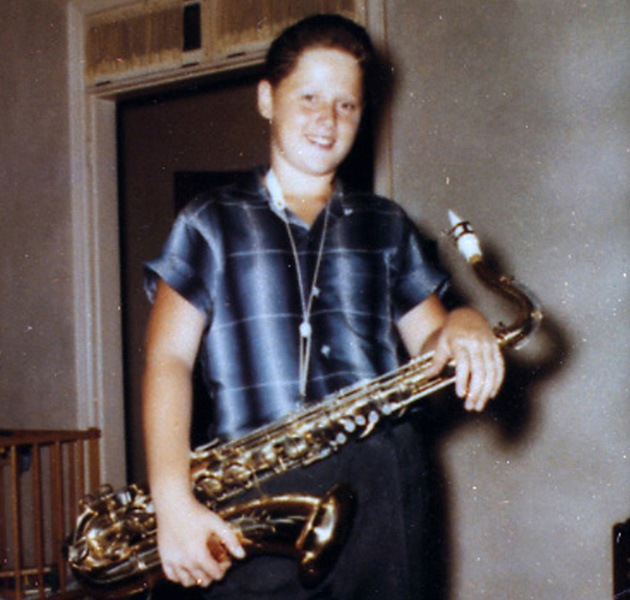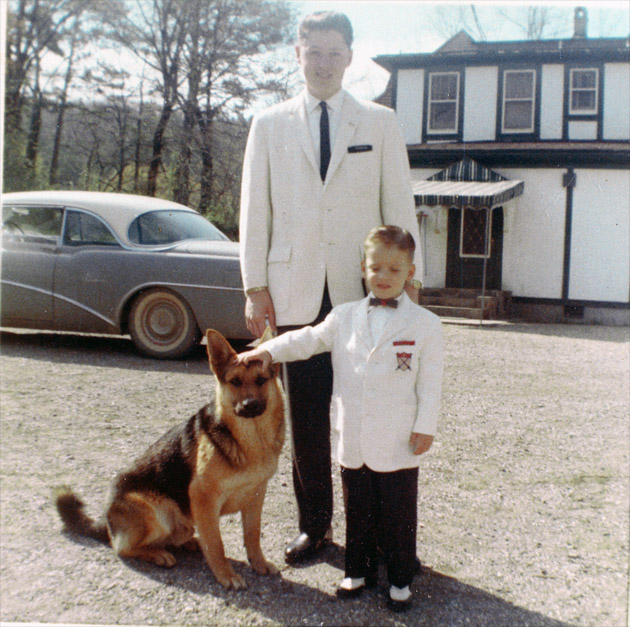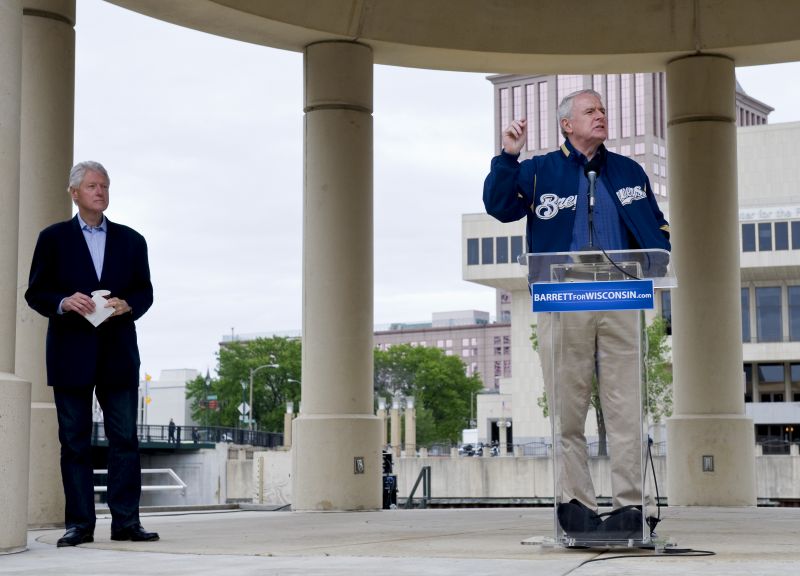When former president Bill Clinton takes the podium in support of Barack Obama at the Democratic National Convention on Wednesday night, it will be his sixth consecutive convention speech for the Dems. What is it about Slick Willie that makes him such a beguiling presence in center-left politics? We haven’t the words to explain his enduring appeal; but thanks to the William J. Clinton Presidential Library, we do have the photographs:
1) It’s Howdy Doody time
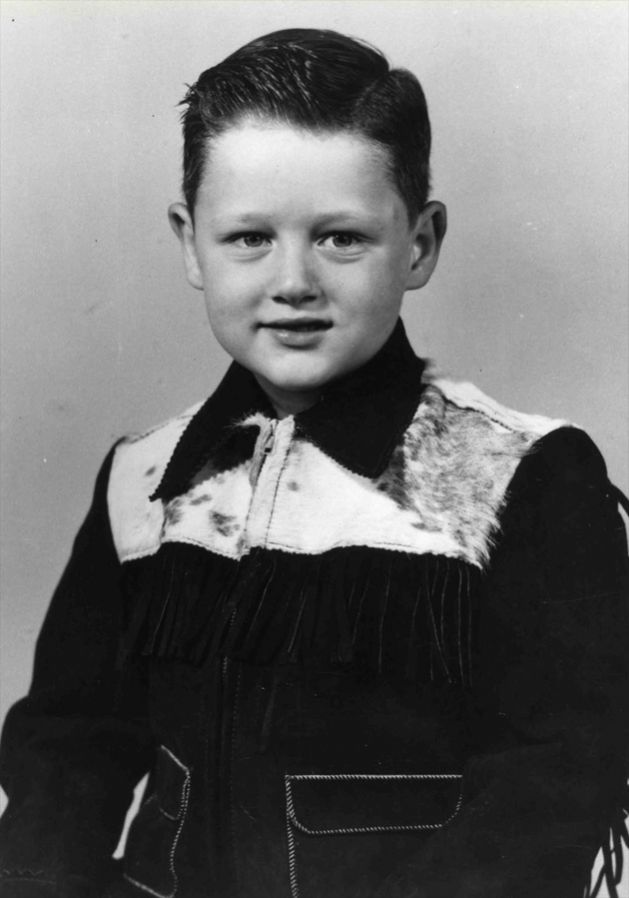 William Jefferson Blythe, age five, 1952
William Jefferson Blythe, age five, 1952
2) Mastering the sax
3) The kings of Hot Springs
4) Studying the law, fashionably
 Bill Clinton and Hillary Rodham at Yale Law School in New Haven, Connecticut, in January 1972
Bill Clinton and Hillary Rodham at Yale Law School in New Haven, Connecticut, in January 1972
5) Bill and Hillary: The Guess ad
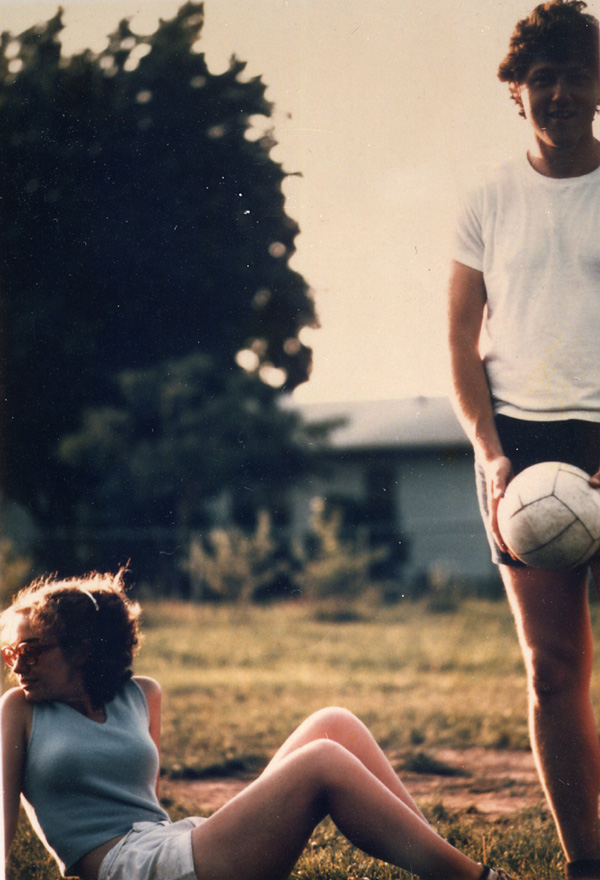 Bill Clinton and Hillary Rodham playing soccer in Fayetteville, Arkansas, during the summer of 1975
Bill Clinton and Hillary Rodham playing soccer in Fayetteville, Arkansas, during the summer of 1975
6) power couple
 Bill and Hillary on their wedding day in Fayetteville, Arkansas, on October 11, 1975
Bill and Hillary on their wedding day in Fayetteville, Arkansas, on October 11, 1975
7) Don’t. Stop. Thinking About Tomorrow.
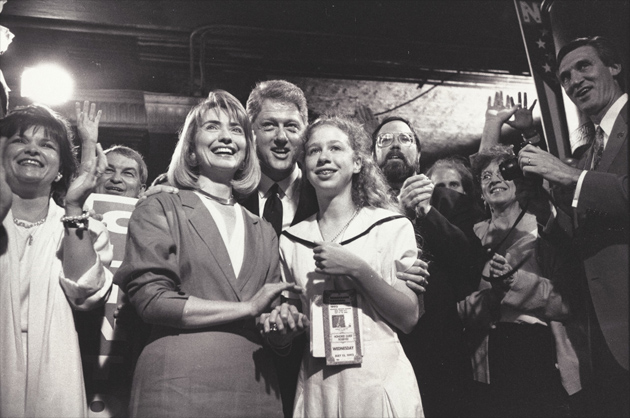 Bill, Hillary, and Chelsea Clinton at the Democratic National Convention in New York City, July 1992
Bill, Hillary, and Chelsea Clinton at the Democratic National Convention in New York City, July 1992
8) pwning the Press corps
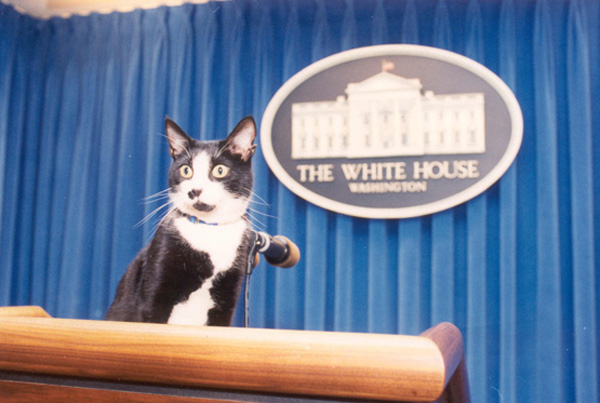 The Clintons’ cat, Socks, in the White House Press Briefing Room
The Clintons’ cat, Socks, in the White House Press Briefing Room
9) Need a Friend? Get a dog
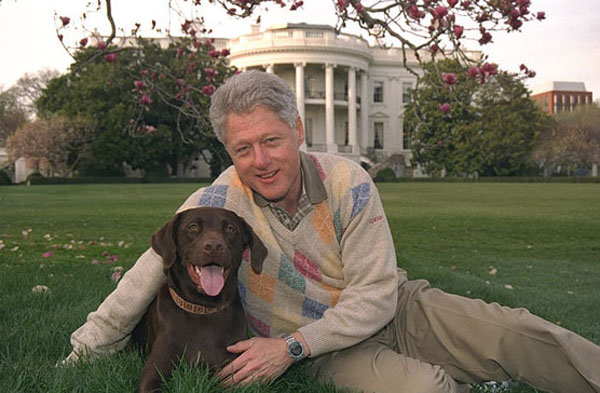 President Clinton with his dog, Buddy, in front of the White House
President Clinton with his dog, Buddy, in front of the White House
